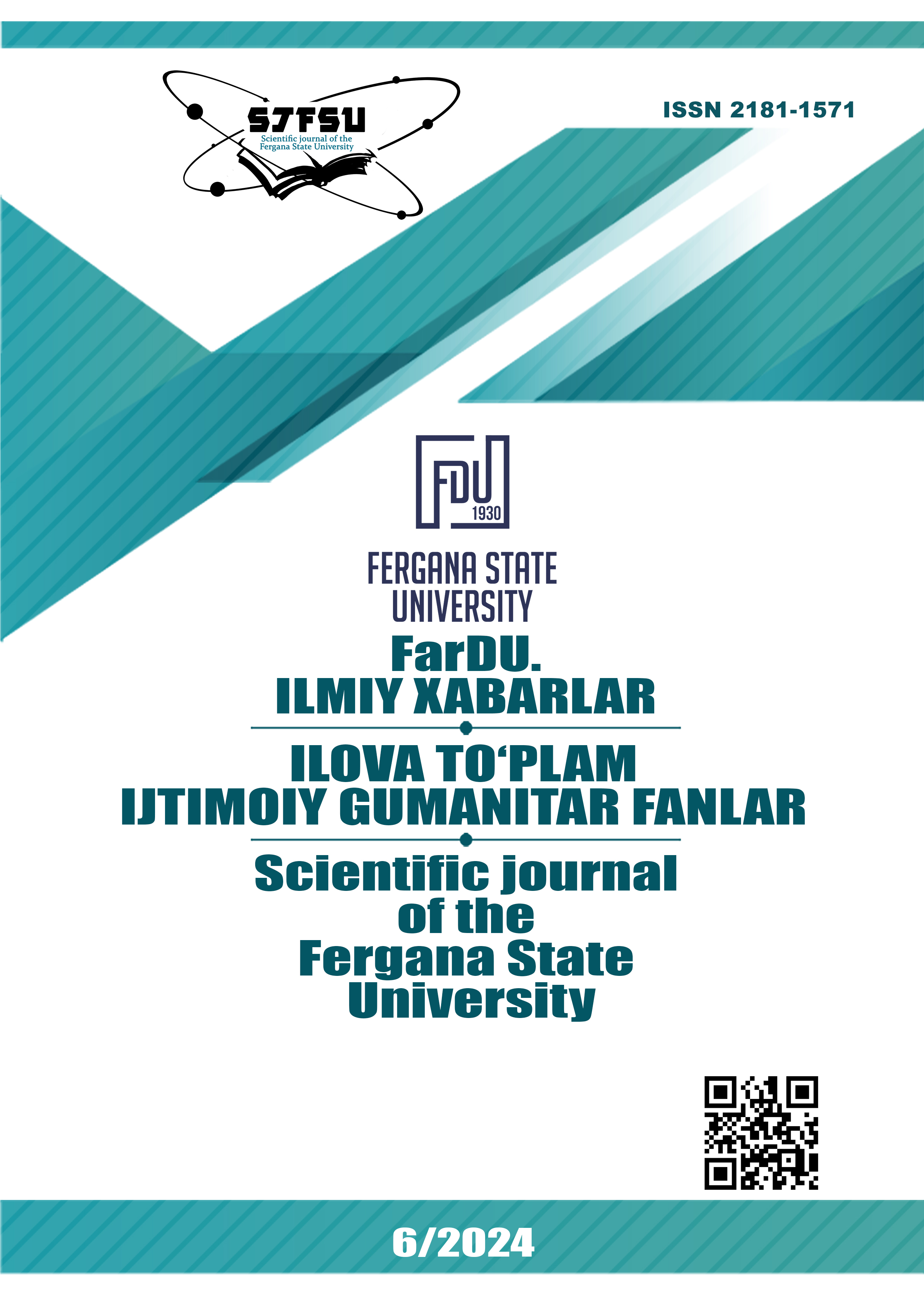THE IMPORTANCE OF "FACE" PHENOMENON IN UZBEK AND ENGLISH COMMUNICATION
Keywords:
face, communication, politeness, collectivism, context, social value, expression, flexibility, mutual understanding.Abstract
The article explores the significance of the "face" phenomenon in communication within Uzbek and English contexts. "Face" refers to the social value individuals claim during interactions, influencing how they express themselves and navigate social dynamics. Utilizing qualitative methods, the research synthesizes existing literature on pragmatics and cultural communication theories, highlighting key differences between the two cultures. In Uzbek communication, politeness strategies, collectivism, and contextual awareness play crucial roles, emphasizing indirect expressions and group cohesion. Conversely, English communication favors directness, individualism, and cultural variability, often prioritizing clarity and assertiveness. The findings underscore the necessity for both Uzbek and English speakers to understand and adapt to each other’s cultural norms regarding face management. By fostering flexibility in communication styles and building rapport, effective cross-cultural interactions can be achieved, enhancing mutual understanding and collaboration.
References
Brown, P., Levinson, S. C. Politeness: Some Universals in Language Usage. Cambridge University Press. 1987
Goffman, E. Interaction Ritual: Essays on Face-to-Face Behavior. Pantheon Books. 1967.
Gudykunst, W. B., Kim, Y. Y. Communicating with Strangers: An Approach to Intercultural Communication. McGraw-Hill. 2003.
Hofstede, G. Culture's Consequences: Comparing Values, Behaviors, Institutions, and Organizations Across Nations. Sage Publications. 2001.
Holmes, J., Stubbs, M. An Introduction to Sociolinguistics. Routledge. 2002.
Jumaniyazova, N. Cultural Nuances in Uzbek Communication. Journal of Central Asian Studies. 2021.
Spencer-Oatey, H. Face, (Im)politeness and Rapport. In: Spen-cer-Oatey, H., Ed., Culturally Speaking, 2nd Edition, Continuum, London, 2008.
Ting-Toomey, S. Face and facework. 1999.
Downloads
Published
Issue
Section
License
Copyright (c) 2025 Scientific journal of the Fergana State University

This work is licensed under a Creative Commons Attribution-NonCommercial-NoDerivatives 4.0 International License.
Most read articles by the same author(s)
- , PARALINGUISTICS AS A TRANSLATOR OF LIVE COMMUNICATION , Scientific journal of the Fergana State University: No. 6- TOM (2023): SPECIAL ISSUE
- Nurmatova Munisxon Mashrabovna, DEVELOPMENT OF INTERCULTURAL COMMUNICATIVE COMPETENCE , Scientific journal of the Fergana State University: No. 6 (2024): Scientific journal of the Fergana State University ADDITIONAL COLLECTION (Social humanities sciences)

